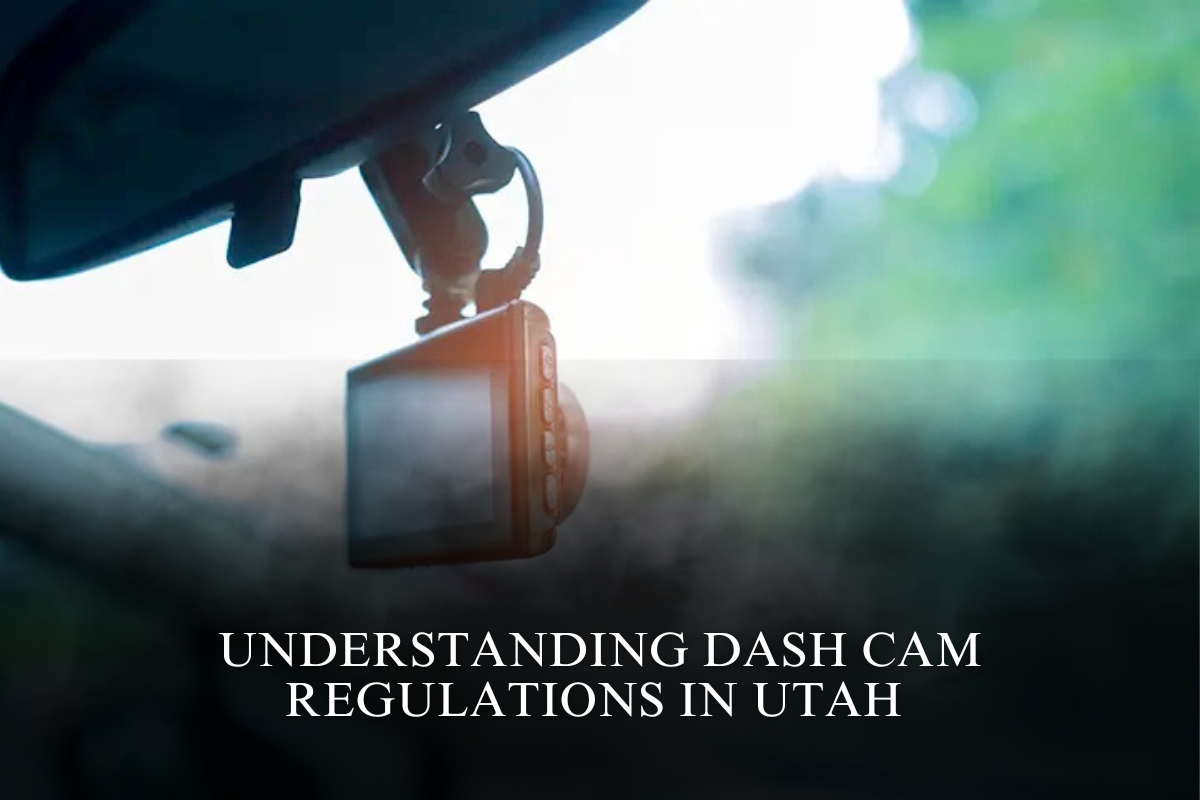Daylight saving time (DST) is a practice followed by most states in the U.S., where clocks are set forward an hour during spring and set back in fall to make better use of daylight. However, there are exceptions. Most notably, New York and Arizona stand out regarding their DST observance — but surprisingly, New York does actually observe DST while Arizona mostly does not. Let’s clarify the simple reason behind Arizona’s choice and the misconception about New York.
Arizona’s Choice to Skip Daylight Saving Time
Arizona is well known for not observing daylight saving time, and this has been the case since 1968. The primary reason is Arizona’s hot desert climate. Extending daylight into the evening hours during summer means more time when residents are active in the heat, which leads to increased use of air conditioning and higher energy consumption. By staying on standard time year-round, Arizona avoids the extra hour of evening sunlight that would intensify cooling needs, ultimately conserving energy.
Notably, the Navajo Nation within Arizona does observe DST to remain in sync with the other states it spans, but the rest of Arizona remains on Mountain Standard Time throughout the year.
New York Actually Observes DST
Contrary to some misconceptions, New York does observe daylight saving time, aligning with the majority of the U.S. population. The confusion might stem from cities or states that have debated ditching DST, but as of 2025, New York follows the federally mandated DST schedule.
New York’s northern latitude means it experiences more variation in daylight across seasons, so shifting the clocks forward in spring and back in fall helps residents make better use of natural light, reduce electricity use in evening hours, and extend daylight into activities after work or school.
A Few Other Areas That Don’t Observe DST
Besides Arizona, Hawaii is another U.S. state that does not observe daylight saving time. Hawaii’s location near the equator means daylight hours remain fairly consistent year-round, removing the perceived benefits of changing clocks. Moreover, several U.S. territories like Puerto Rico, Guam, the U.S. Virgin Islands, and American Samoa also do not observe DST due to similar reasons of minimal daylight variation or policy choices.
Federal Rules and State Options
The Uniform Time Act of 1966 allows states to exempt themselves from daylight saving time, but they cannot observe permanent daylight saving time without federal approval. Many states have passed legislation seeking to adopt permanent daylight saving time or abolish the practice, waiting for Congress to amend federal law.
Thus, while states like Arizona (except Navajo Nation) and Hawaii opt out, most others including New York continue with the biannual clock changes.
The very simple reason why Arizona does not observe daylight saving time is primarily climate-based—it helps conserve energy by avoiding extended daylight in hot evenings. New York, on the other hand, does observe DST due to its northern latitude and seasonal daylight variation, which makes clock changes beneficial.
Understanding these reasons can clear up common confusion and highlight how geographic and climatic factors influence states’ timekeeping practices. While the debate about abolishing DST continues nationally, the choices made today remain rooted in practical considerations derived from local conditions.
Sources
(https://www.timeanddate.com/time/change/usa)
(https://en.wikipedia.org/wiki/Daylight_saving_time_in_the_United_States)
(https://economictimes.com/news/international/us/when-daylight-saving-time-2025-fall-back-date-end-states-observe-what-reason-us-states-territories-do-not-follow-how-to-prepare/articleshow/123099184.cms)
(https://worldpopulationreview.com/state-rankings/daylight-savings-time-by-state)
(https://thehill.com/homenews/nexstar_media_wire/5184764-two-states-didnt-spring-forward/)







